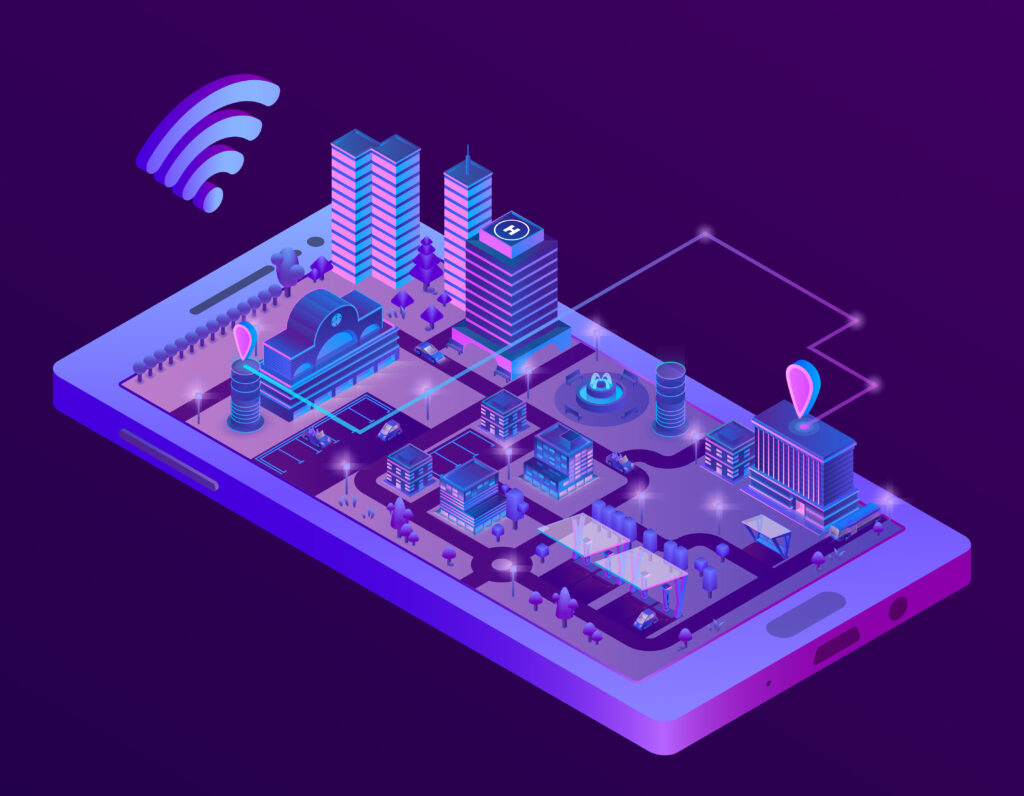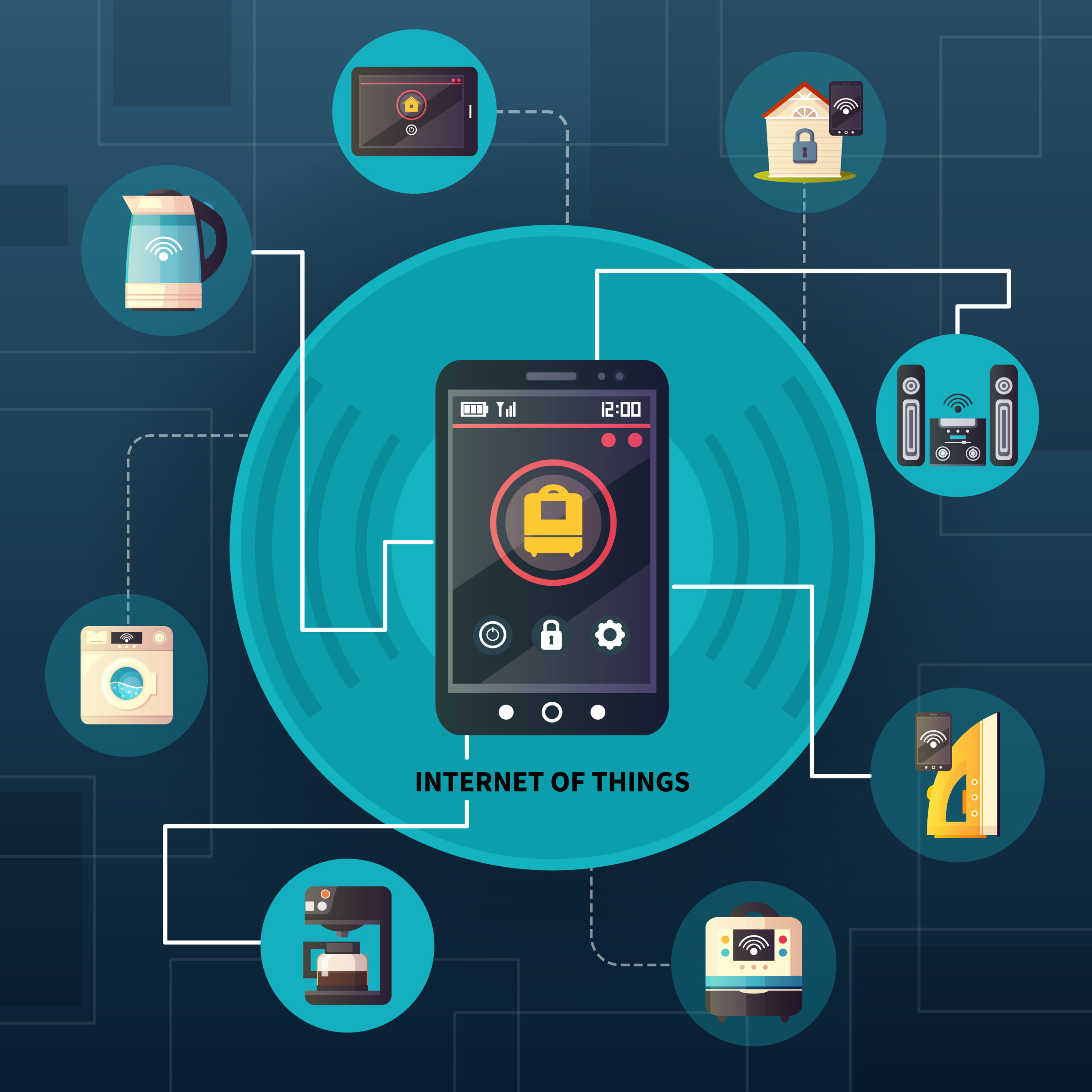RF Technology (Radio Frequency Technology) is the invisible force behind the modern wireless world. It powers everything from your smartphone to smart homes, enabling seamless communication across vast distances without physical connections. From public safety networks and satellite links to IoT-enabled devices and autonomous vehicles, RF is essential to how data moves freely and securely. Its role in modern communication infrastructure is further amplified by companies like Nokia, which are leading innovation in wireless systems through advancements in 5G, AI-driven connectivity, and industrial automation. These developments are helping reshape global communication standards. Learn more in our post on New Nokia Technology and its 2025 innovations, where we explore how such breakthroughs are redefining the future of smart connectivity.
Understanding RF Technology
RF Technology uses electromagnetic waves to transmit data wirelessly. It operates within the frequency range of 3 kHz to 300 GHz, making it highly adaptable for both short- and long-range communication.
Transmits data via radio waves
Used in radios, TVs, cell phones, and Wi-Fi
Supports analog and digital signals
Works across air, space, and vacuum
Vital for modern networking and IoT
From home routers to deep-space missions, RF is foundational to communication.


Where RF Technology Is Used Today
The versatility of RF Technology allows it to function across numerous industries and environments:
Telecommunications: Cell phones, mobile towers, and 5G
Healthcare: MRI machines and wireless monitors
Aerospace & Defense: Radar, guidance, and satellite links
Consumer Tech: Bluetooth, Wi-Fi, and remote controls
Logistics & Retail: RFID tags for inventory tracking
Whether you’re scanning groceries or streaming video, RF is behind the scenes.
Key Components of RF Technology
Transmitter & Receiver – Sends and receives RF signals
Antenna – Converts electrical signals into electromagnetic waves
RF Amplifiers – Boosts weak signals for better transmission
Oscillators – Generates carrier waves for modulation
Modulators/Demodulators – Converts data into RF signals and back
Emerging Innovations in RF Technology
5G and Beyond – Enabling faster speeds and low latency
IoT Expansion – Connecting billions of smart devices
RF Energy Harvesting – Powering sensors wirelessly
Wearable Tech – Health monitors and AR devices
Millimeter Waves – For high-capacity data streams
These trends show that RF Technology is becoming even more integral to modern life.
The Expanding Impact of RF Technology
In today’s hyper-connected world, RF Technology has emerged as a silent powerhouse enabling everything from everyday convenience to mission-critical systems. It powers the mobile phones we use daily, the satellites orbiting Earth, and the infrastructure that ties modern communication together. Its impact is often unseen but deeply embedded in how we live, work, and connect.
The versatility of RF Technology lies in its ability to handle both low-bandwidth and high-capacity needs. Whether it’s RFID systems used for tracking inventory or high-speed 5G networks enabling real-time video streaming, RF adapts to meet the demands of various applications. This makes it an essential part of nearly every digital ecosystem, from personal devices to industrial networks.
As technology continues to advance, RF will only grow in importance. Smart cities, AI-driven automation, and wearable healthcare devices all rely on fast, secure, and scalable communication. In this next phase of digital evolution, RF Technology will serve as the bridge between machines, humans, and global systems—delivering unmatched speed, reliability, and connectivity across every frequency range.
Conclusion
From everyday devices to advanced defense systems, RF Technology is everywhere—connecting people, machines, and data with speed and reliability. As we embrace smarter homes, faster communication, and intelligent infrastructure, RF will remain the core technology powering seamless connectivity. With ongoing advancements in 5G, IoT, and low-power devices, RF isn’t just keeping up with the future—it’s building it.
The primary advantage of RF Technology is its ability to enable wireless communication over long and short distances without the need for physical connections. It’s fast, scalable, and supports a wide range of applications—from mobile phones and Wi-Fi to satellites and industrial automatio


No comment yet, add your voice below!